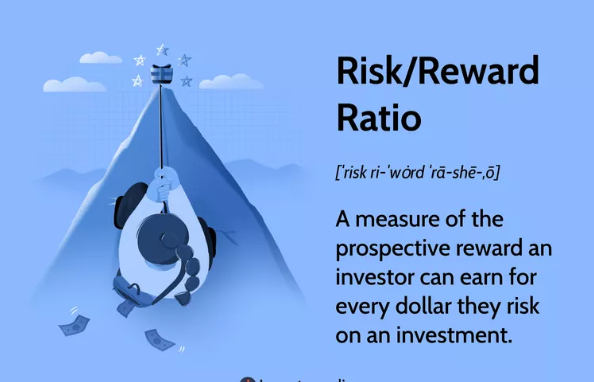Understanding Risk vs. Reward in Investing
Investing can be exciting, especially when you think about growing your wealth, retiring early, or reaching your financial goals. But before diving into stocks, crypto, real estate, or any other investment, there’s one crucial principle every investor must understand: risk vs. reward.
Grasping the relationship between risk and reward helps you make smarter decisions, avoid emotional investing, and build a portfolio that fits your comfort zone and goals.
What Is Risk in Investing?
Risk is the chance that your investment will perform worse than expected—or even lose money. All investments carry some level of risk, from minor fluctuations in value to total loss.
Common Types of Investment Risks:
-
Market Risk: Prices fluctuate due to economic or political events.
-
Inflation Risk: Your returns may not keep up with inflation.
-
Liquidity Risk: You may not be able to sell the investment quickly.
-
Interest Rate Risk: Changes in interest rates can affect bond prices.
-
Credit Risk: The bond issuer may default on payments.
What Is Reward in Investing?
Reward refers to the potential return you earn on an investment—such as:
-
Capital appreciation (the increase in the value of your asset)
-
Dividends (regular payouts from stocks)
-
Interest income (from bonds or savings)
-
Rental income (from real estate)
Generally, the greater the risk, the greater the potential reward—but also the greater the potential for loss.
The Risk-Reward Trade-Off
There’s no way to completely eliminate risk in investing. Instead, investors must balance the risk they’re willing to take with the return they expect.
Basic Principle:
Low Risk = Low Return
High Risk = Potentially High Return (but also higher chance of loss)
Example:
-
A savings account is very low risk, but only offers 1–3% interest per year.
-
Stocks, while volatile, can earn 7–10% (or more) annually over the long term.
-
Cryptocurrencies can offer massive gains—but with equally massive losses.
Understanding Your Risk Tolerance
Before investing, ask yourself:
-
How would I feel if my investment dropped 20%?
-
Would I sell or stay invested during a market crash?
-
How soon do I need this money?
-
What’s my experience and confidence in managing investments?
Your answers will determine your risk tolerance—which may be:
-
Conservative: You prefer safety and stable returns.
-
Moderate: You can handle some ups and downs.
-
Aggressive: You’re comfortable with higher risk for bigger gains.
Matching Investments to Risk Levels
| Investment Type | Risk Level | Typical Return | Best For |
|---|---|---|---|
| Savings Account | Very Low | 1–3% | Emergency funds, short-term needs |
| Government Bonds | Low | 2–4% | Conservative investors, income |
| Mutual Funds/ETFs | Moderate | 5–8% | Balanced growth and diversification |
| Stocks | High | 7–10%+ | Long-term investors with high tolerance |
| Crypto/Startups | Very High | 20%+ or total loss | Speculative investors |
How to Manage Investment Risk
-
Diversify Your Portfolio
Spread your investments across different assets (stocks, bonds, real estate) and sectors to reduce risk. -
Invest for the Long Term
Time in the market often beats timing the market. Short-term volatility usually smooths out over time. -
Rebalance Regularly
Adjust your portfolio to maintain your desired risk level as markets change. -
Know Your Time Horizon
The longer you can stay invested, the more risk you can generally take. -
Don’t Panic During Market Swings
Emotional decisions can turn temporary losses into permanent ones.
Final Thoughts
Risk and reward are two sides of the same coin. You can’t have one without the other. The key is to understand your goals, your timeline, and your tolerance for uncertainty—then choose investments that match.
The most successful investors aren’t necessarily those who chase the highest returns. They’re the ones who manage risk wisely and stay consistent over time.


